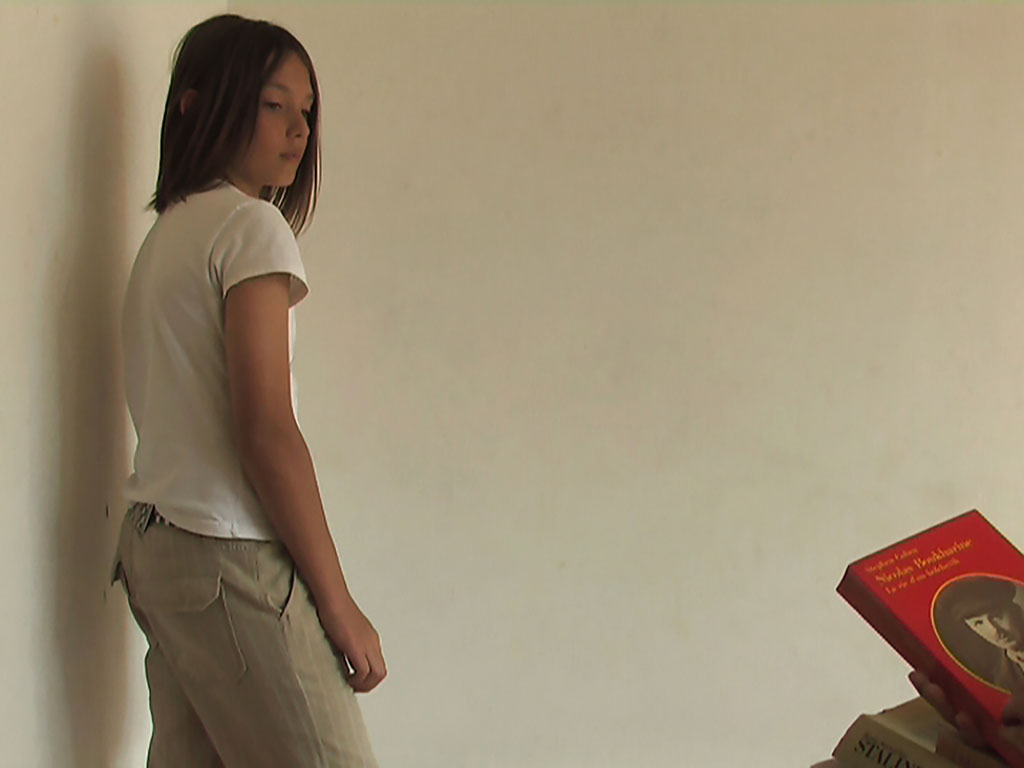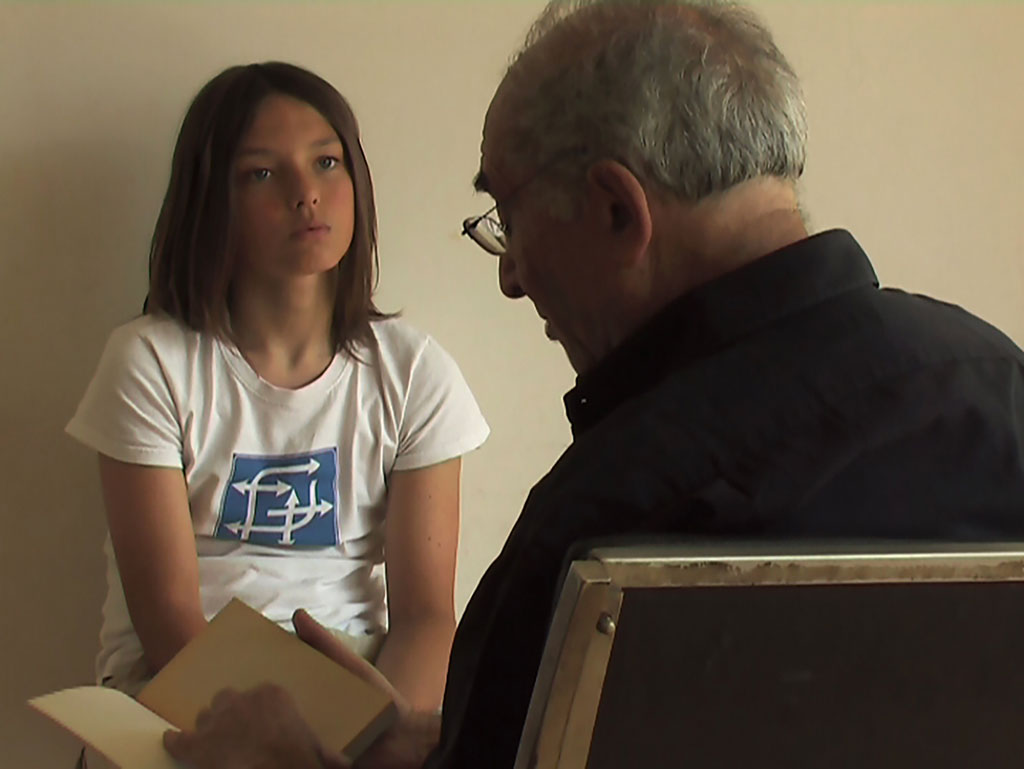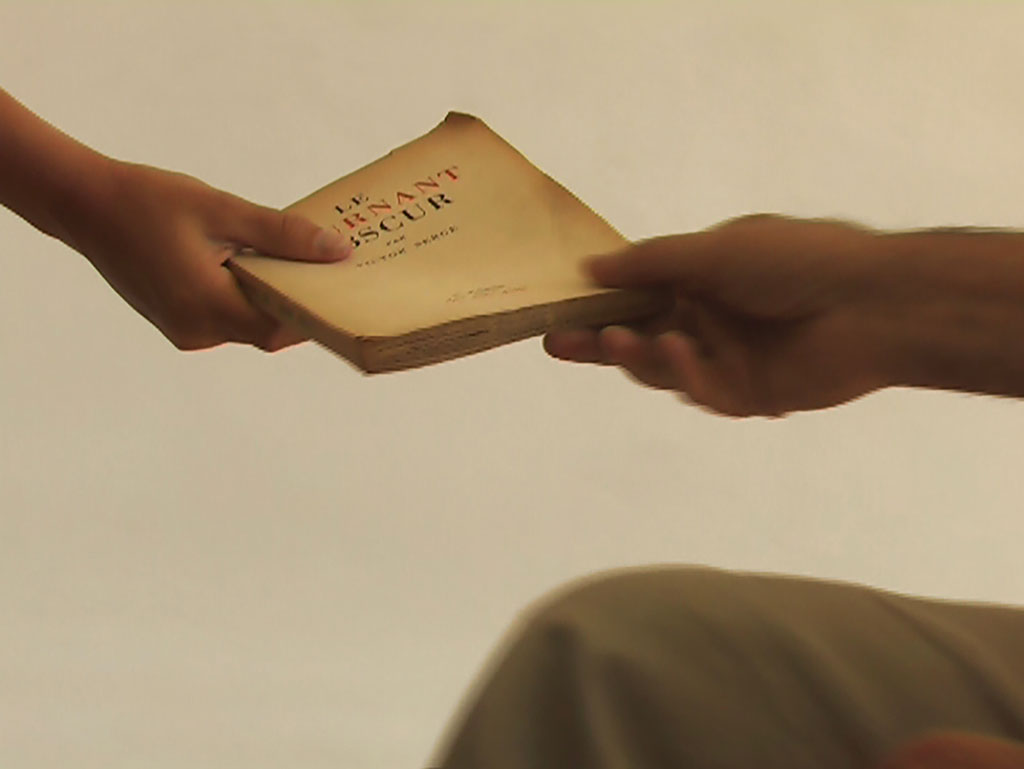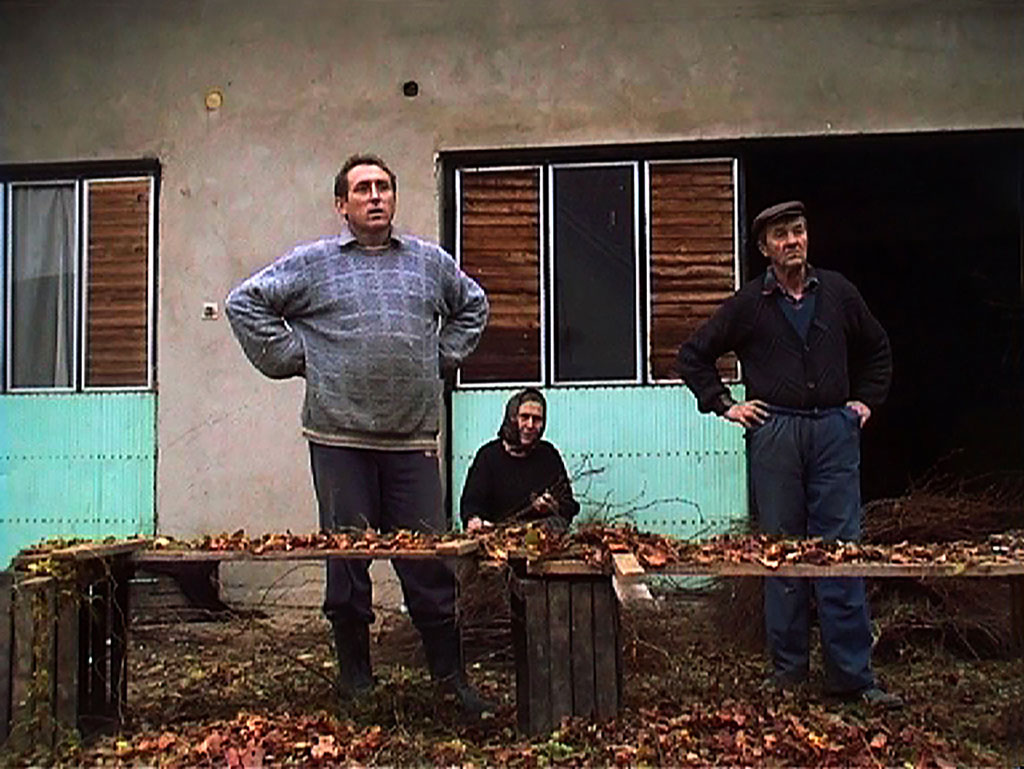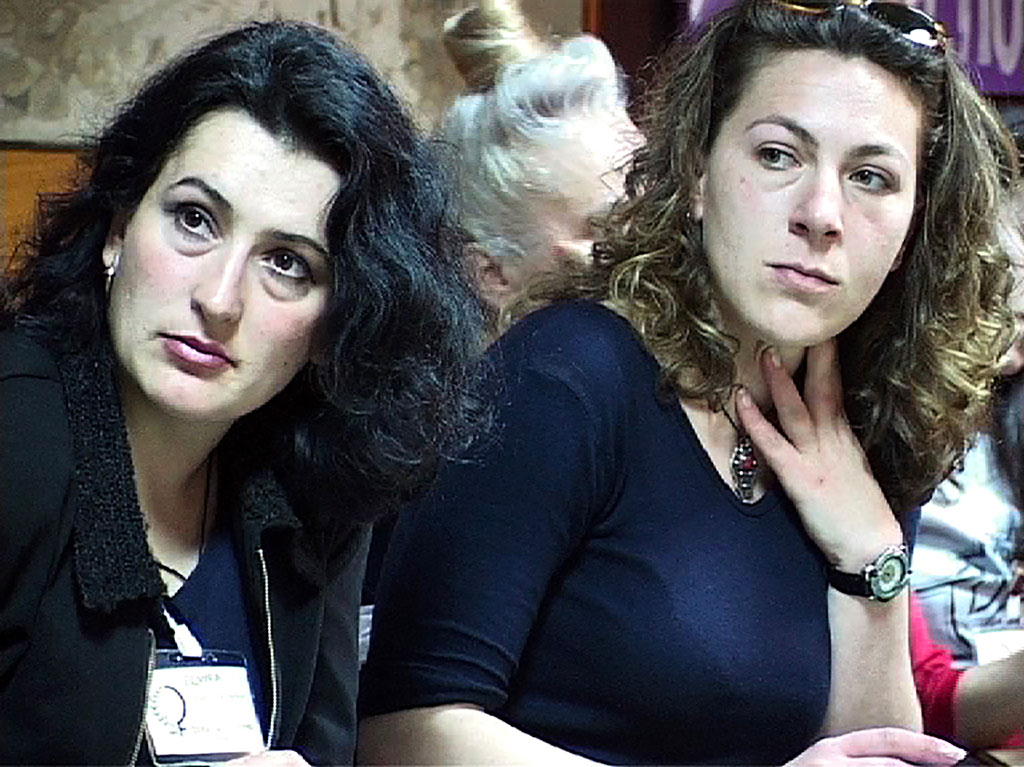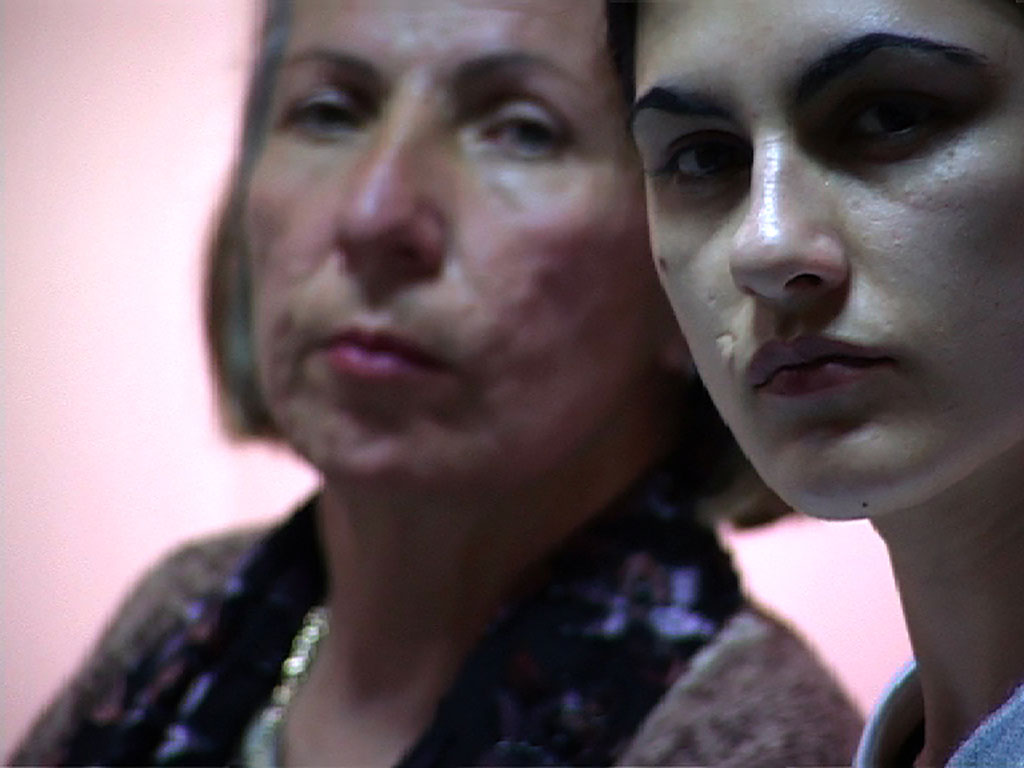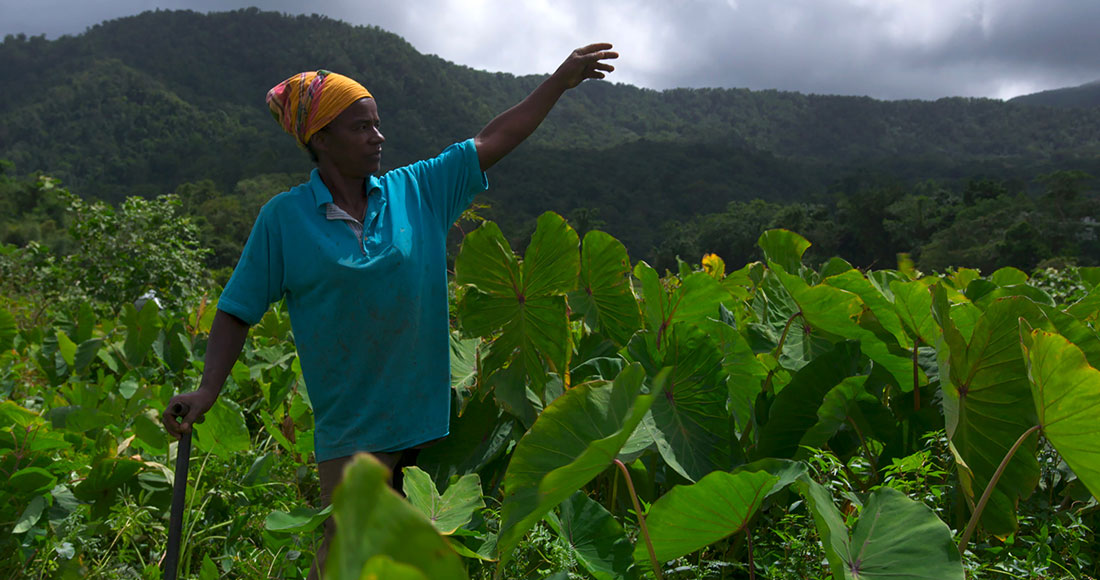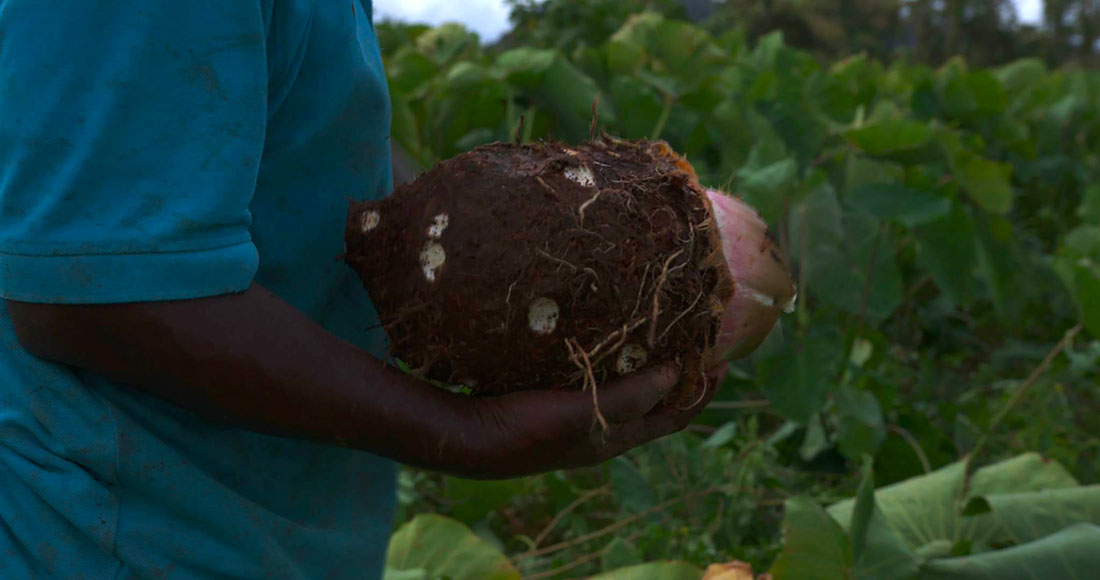ART PRESENTATION: Florence Lazar
 Florence Lazar is an artist, filmmaker and photographer. In her work, she seeks to reveal the emergence of a way of speaking, the gestures of an individual or a group in a precise geographical and social context. She is interested in what conditions people’s gaze, in their strategies of display and the ways people have of grasping objects, which transform speech into political action. Her films are often shot in places where conflicts or crises have reconfigured everyone’s narratives. Historical investigation and the processes by which history is transmitted are the vectors of her work.
Florence Lazar is an artist, filmmaker and photographer. In her work, she seeks to reveal the emergence of a way of speaking, the gestures of an individual or a group in a precise geographical and social context. She is interested in what conditions people’s gaze, in their strategies of display and the ways people have of grasping objects, which transform speech into political action. Her films are often shot in places where conflicts or crises have reconfigured everyone’s narratives. Historical investigation and the processes by which history is transmitted are the vectors of her work.
By Efi Michalarou
Photo: Jeu De Paume Archive
The Florence Lazar solo exhibition “You think the earth is a dead thing…” provides a perspective on her work through a selection of films and photographs from 2000 to the present day. At the end of the 1990s, after the wars in former Yugoslavia, Florence Lazar grabbed a video camera and went to the scene. She had an urge to understand what had been going on in this country, which she felt close to because of her family history but at the same time foreign to because she lived in France and did not speak the language. But this is how she came to take up documentary as a genre and why it became a permanent feature of her work. She made a series of films on different situations arising out of the conflict in former Yugoslavia and at the same time, she explored other geographical and social contexts, taking an interest, for example, in the redevelopment of Montfermeil, a town in the suburbs of Paris, or more recently, in the impact of the widespread use of kepone, a pesticide, on banana plantations in the French Antilles. The aim of the exhibition is to highlight these minority positions and their significance, both in the urgency of the crisis or struggle, and in the lens of history. In the film “Les Paysans” (2000) shot in 2000 at the end of the war, a Serbian peasant shares his vision of the Milošević regime. In December 1999, six months after the NATO military intervention, which despite international controversy, had ended the armed conflict and humanitarian crisis in Kosovo (1998–1999), Florence Lazar travelled to Serbia in order to try to understand a climate in which ethno-nationalist fervour still held sway. Despite being forced from office in elections the following year, Slobodan Milošević still enjoyed high levels of popularity. This was the first time Lazar, who has family ties in the region, had returned there since the outbreak of war in neighbouring Croatia and Bosnia-Herzegovina. During a three-week sojourn in Belgrade, she conducted numerous interviews among various sections of the Serbian population. A further stay in a small village in central Serbia proved particularly fortuitous when a group of farmers agreed, on the spot, to being interviewed in their workplace. The filming of Les Paysans was entirely improvised. The interview resulted, fortuitously, in one of the most lucid and well-documented critiques of the regime recorded throughout the entire trip. The Dayton Peace Agreement in 1995 ratified the division of Bosnia and Herzegovina into three entities (the Federation of Bosnia and Herzegovina, the Republika Srpska and the Brčko District) that pledged to respect their multi-religious and culturally pluralistic status. Over the past decade, however, the Republika Srpska has seen various attempts to rewrite the past in order to reinforce exclusive Serbian claims to the region: these include the building of imitation period churches, the excavation of false archaeological ruins, and the demolition of ancient buildings in order to supply “authentic” stones for the construction of new ones. The film “Kamen” (2014) (“Stones” in Bosnian, Serbian and Croat) investigates the state of a society, in the aftermath of war, as it re-establishes its national, cultural and religious foundations on a denial and erasure of the past. The film focuses on two prominent examples: the Hercegovačka Gračanica monastery in Trebinje (inaugurated in 2000) (a replica of the 14th-century Gračanica Monastery in Kosovo) and an ethno-village-cum-theme park, with façades built of stones from an Austro-Hungarian fort, demolished for the purpose. This idealised pastiche of the region’s past conceived by the filmmaker Emir Kusturica in the town of Višegrad stands on the grounds of a former sports centre, where Serbian forces rounded up the town’s majority Muslim population during their campaign to ethnically cleanse the region. All attempts to commemorate the lives lost at Višegrad have met with local and official rejection. In “Femmes en noir” (2002) we eavesdrop on a dissident, feminist discussion group – a behind-the-scenes voice from the war in former Yugoslavia. In October 1991, Žene u crnom protiv rata (Women in Black Against the War) held their first street demonstration in Republic Square, in the heart of Belgrade. Disillusioned by patriarchal language and conduct within the early anti-war movement, with which their founding members were affiliated, they held weekly vigils, dressed in black, in Belgrade, and across Serbia and Montenegro during and after the wars in Croatia, Bosnia and Kosovo. They thus emerged as one of the most important sources of civil resistance during the Milošević era. Still active today, they are one of the few collectives in Serbia prepared to confront a society still unwilling to take collective responsibility for the war and to mourn – as the movement’s name denotes – the victims of its recent past. In 2008, Florence Lazar undertook a photographic series featuring French postwar left-wing political ephemera from her father’s collection, a project that marked her return to photography. The series culminated, in 2012, with the presentation of an almost complete set of the influential militant journal “Socialisme ou barbarie”. The series also inspired a video work, “Confessions d’un jeune militant” (2008), in which the artist’s father himself appears along with a selection of books from his library which, like the earlier photographs of ephemera, recall his intellectual and political trajectory: from the prewar Popular Front demonstration to his involvement in the PSU (Parti Socialiste Unifié) with a strong interest in worker’s self-management based on practices in Yugoslavia. The artist’s son, who appeared incognito in the previous series, serves as an inter-generational conduit, handing his grandfather each title as so many aide-memoires. In addition to this selection of old works, the Jeu de Paume exhibition features the new work “125 hectares” (2019) that Florence Lazar conceived for the occasion in Martinique. It illustrates a woman farmer’s campaign for a system that will take into account local conditions and requirements. Véronique Montjean recounts the history of the illicit occupation, by a collective of small farmers, of land at Le Morne-Rouge, in northern Martinique. Since 1983, when the collective took over what was then unoccupied land otherwise slated for real estate development, they have supported subsistence agriculture based on biodiversity. The rotation of local crops capable of withstanding natural disasters thus counters the single-crop industry of the island’s banana plantations introduced in the 1930s to replace the production of sugar cane. Currently accounting for 80% of all farmland in Martinique, the banana industry has been responsible for contaminating vast tracts of the island’s land, as well as its rivers and the sea, with chlordecone (Kepone). The intensive use of this carcinogenic insecticide throughout the French West Indies, from 1972 until it was outlawed in 1993, will impact the island’s ecosystem and the wellbeing of its inhabitants for generations to come. The efforts of the Le Morne-Rouge collective are all the more significant given that the land they occupy and cultivate remains uncontaminated.
Info: Curators: Sandra Cattini and Dean Inkster, Jeu De Paume, 1 place de la Concorde, Paris, Duration: 12/2-2/6/19, Days & Hours: Tue 11:00-21:00, Wed-Sun 11:00-19:00, www.jeudepaume.org
![Florence Lazar, Kamen (Les Pierres) [Videostill], 2014, Video 16/9, colour, sound, 66 min, Production: Sister Productions, With the support of Image/Movement : Centre national des arts plastiques, de la Mairie de Paris and la Fondation nationale des arts graphiques et plastiques, Courtesy of the artist](http://www.dreamideamachine.com/web/wp-content/uploads/2019/02/FlorenceLazar_2-09.jpg)
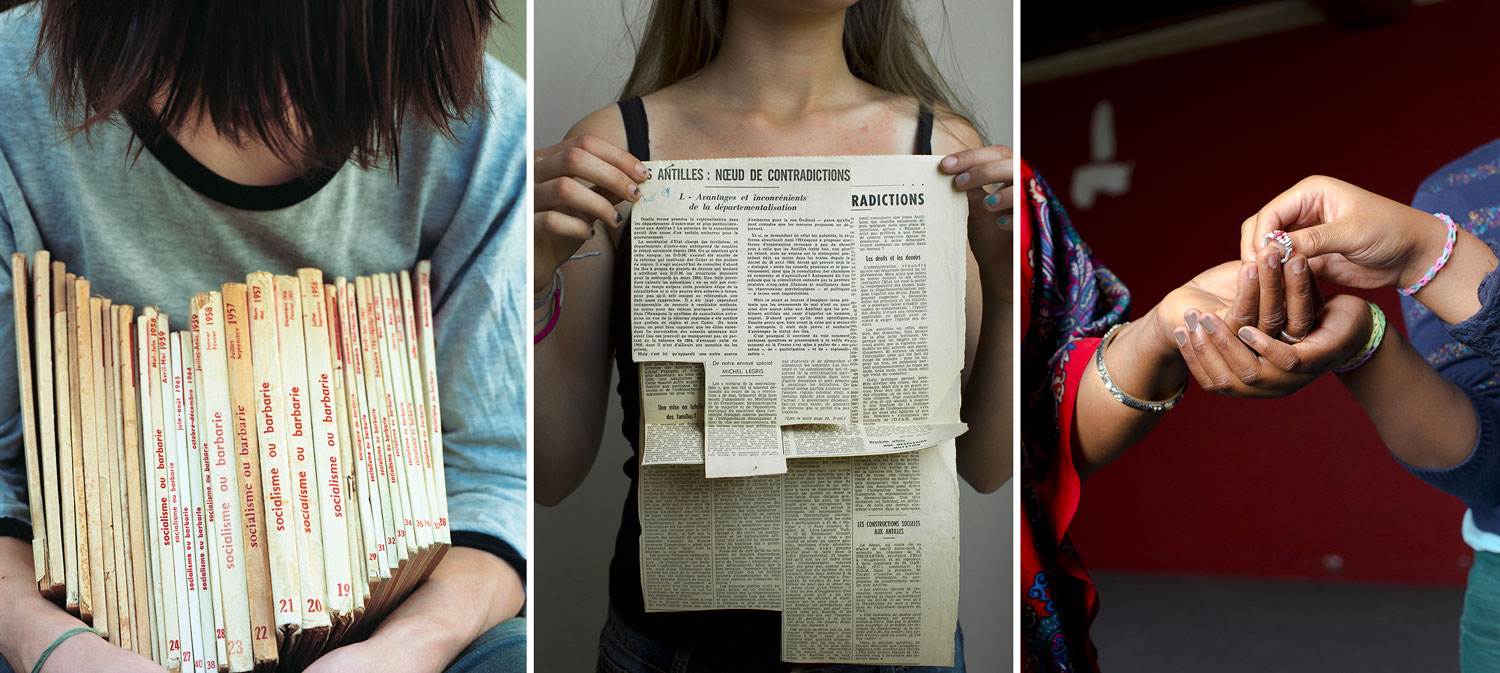
![Florence Lazar, Kamen (Les Pierres) [Videostill], 2014, Video 16/9, colour, sound, 66 min, Production: Sister Productions, With the support of Image/Movement : Centre national des arts plastiques, de la Mairie de Paris and la Fondation nationale des arts graphiques et plastiques, Courtesy of the artist](http://www.dreamideamachine.com/web/wp-content/uploads/2019/02/FlorenceLazar_05.jpg)
![Florence Lazar, Kamen (Les Pierres) [Videostill], 2014, Video 16/9, colour, sound, 66 min, Production: Sister Productions, With the support of Image/Movement : Centre national des arts plastiques, de la Mairie de Paris and la Fondation nationale des arts graphiques et plastiques, Courtesy of the artist](http://www.dreamideamachine.com/web/wp-content/uploads/2019/02/FlorenceLazar_06.jpg)
![Florence Lazar, Kamen (Les Pierres) [Videostill], 2014, Video 16/9, colour, sound, 66 min, Production: Sister Productions, With the support of Image/Movement : Centre national des arts plastiques, de la Mairie de Paris and la Fondation nationale des arts graphiques et plastiques, Courtesy of the artist](http://www.dreamideamachine.com/web/wp-content/uploads/2019/02/FlorenceLazar_07.jpg)
![Florence Lazar, Kamen (Les Pierres) [Videostill], 2014, Video 16/9, colour, sound, 66 min, Production: Sister Productions, With the support of Image/Movement : Centre national des arts plastiques, de la Mairie de Paris and la Fondation nationale des arts graphiques et plastiques, Courtesy of the artist](http://www.dreamideamachine.com/web/wp-content/uploads/2019/02/FlorenceLazar_08.jpg)
![Florence Lazar, Kamen (Les Pierres) [Videostill], 2014, Video 16/9, colour, sound, 66 min, Production: Sister Productions, With the support of Image/Movement : Centre national des arts plastiques, de la Mairie de Paris and la Fondation nationale des arts graphiques et plastiques, Courtesy of the artist](http://www.dreamideamachine.com/web/wp-content/uploads/2019/02/FlorenceLazar_09-Zoom.jpg)
